Whether you have a green thumb or this is your first garden, you should consider where it can get light. If you live in a small apartment or a cloudy city, you may not have much sunlight. So you may want to consider alternative lighting options.
Plants can grow with artificial light, but not all artificial lights are beneficial for plants. Grow lights are artificial lights designed to emit the specific colors (wavelengths) of light–mostly blue and red light–that plants require for optimal growth.
If you want to grow a plant indoors–especially in a low-light area–you should consider artificial lighting options. While the sun might work for plants near windows, artificial lights can also help plants grow. Keep reading to learn more about growing plants with artificial light.
Can Plants Grow Under Artificial Light?
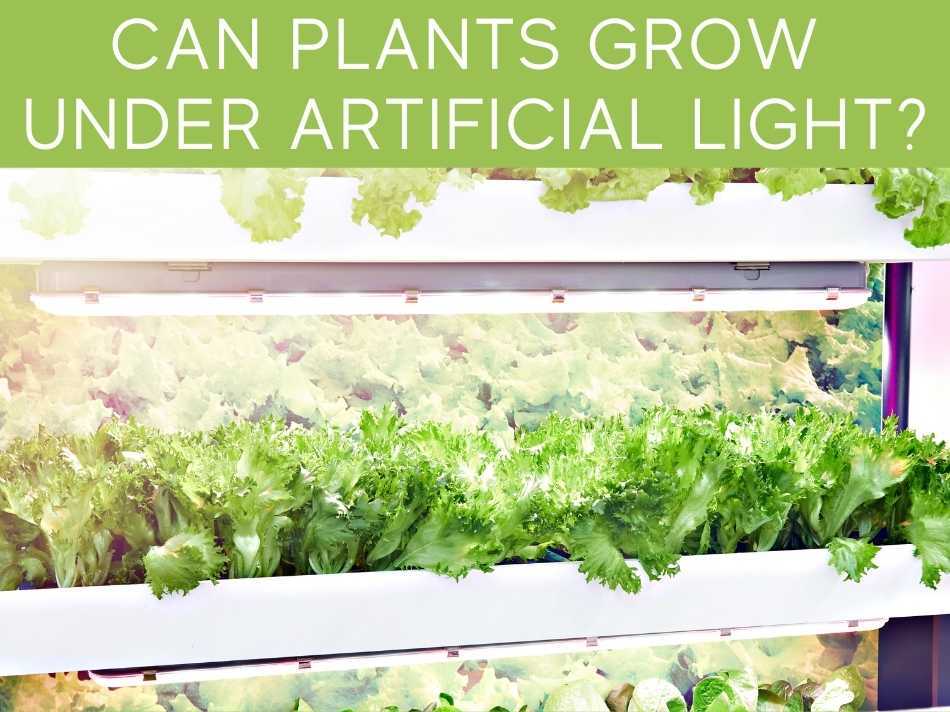
Plants can indeed grow under artificial light, and they can grow well under the right lighting conditions.
While sunlight is great, you don’t need it to have a successful indoor garden.
If you want to place your plants away from your windows, you don’t have to sacrifice growth.
So, to augment the natural light that your plants get, you can consider adding an artificial light or a grow light.
Grow lights are artificial lights designed specifically to encourage plant growth.
That means the lights emit the right colors (wavelengths) of light that optimizes healthy plant growth. And, yes, the color of light does indeed affect plants.
You can use LED, fluorescent, and other artificial lights.
Consider how many plants you have and where you want to grow them.
That way, you can choose the best artificial lighting for your plants.
With all the different grow light choices, you can check out our complete article for using grow lights in an indoor space or greenhouse.
How Much Light Do Plants Need?
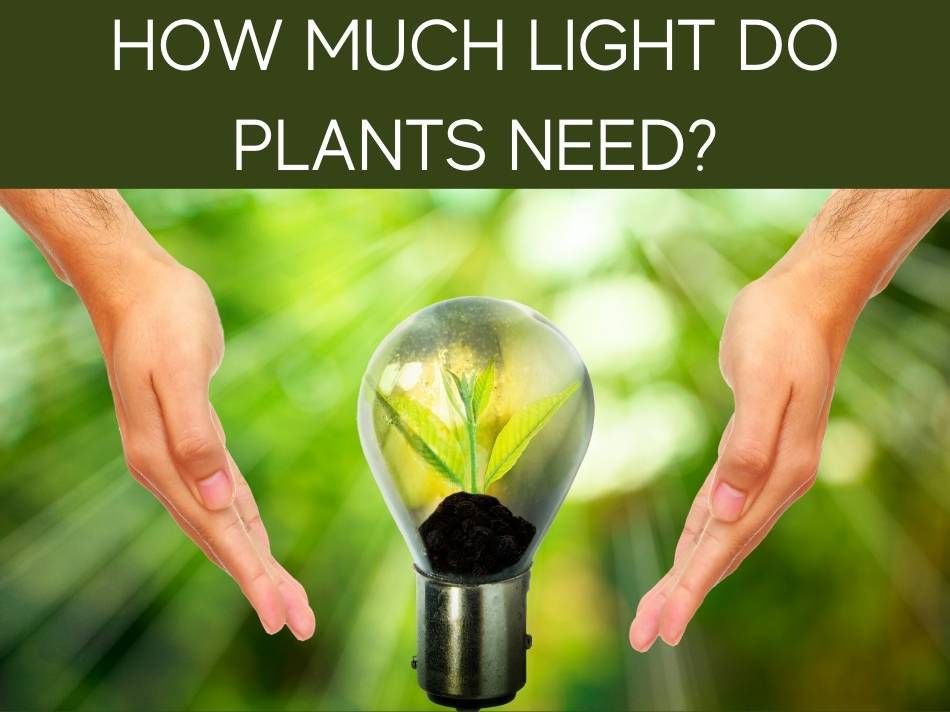
Not all plants need the same amount of light. For example, some ivy plants and ferns have evolved to grow in the shady understory of a forest–these are definitely low-light plants.
On the other hand, plants like tomatoes, okra, and cactus have evolved to grow in high light conditions, so will often need supplemental light if you grow them indoors.
While the amount of light isn’t too different when using artificial lights from sunlight, you should consider what plants you have or want.
Very roughly speaking, low-light plants require 3-4 hours of sunlight per day, while high-light plants need much more–around 12-14 hours of sunlight per day.
Low-Light Plants
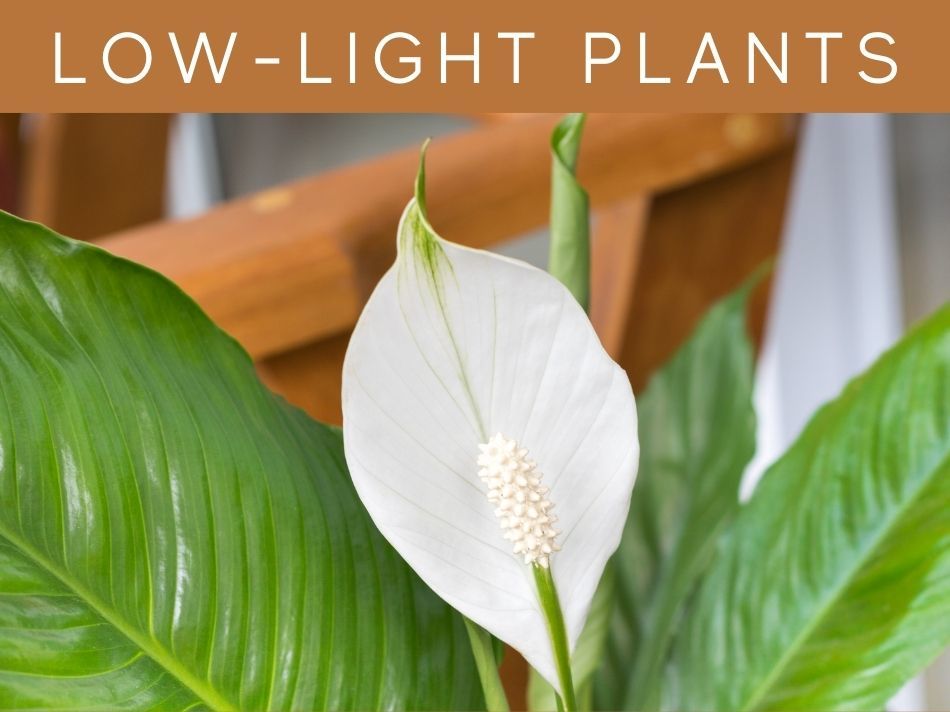
Low-light plants need just enough light that you need to read a newspaper.
Many of these plants have foliage, and the flowers aren’t as important.
These plants are good if you don’t have a ton of space or don’t want to use a ton of artificial light.
Consider a few plants that don’t need as much light:
- Peace lily
- Chinese evergreen
- English ivy
- Lady palm
- Arrowhead plant
- Snake plant
You will often find these plants growing under branches of larger plants.
So you don’t need to worry about providing a ton of light, but these plants can still grow well.
Medium-Light Plants
Medium-light plants grow well with indirect sunlight, but they can also grow well with about the same amount of lighting as fluorescent lights.
Consider a few plants in this group:
- Elephant ear
- Ferns
- Spider plant
- Flame violet
- Asparagus fern
- Kad plant
You can grow many of these plants indoors without a ton of special lighting.
However, you can use special lights if you don’t want to illuminate the entire room all day.
High-Light Plants
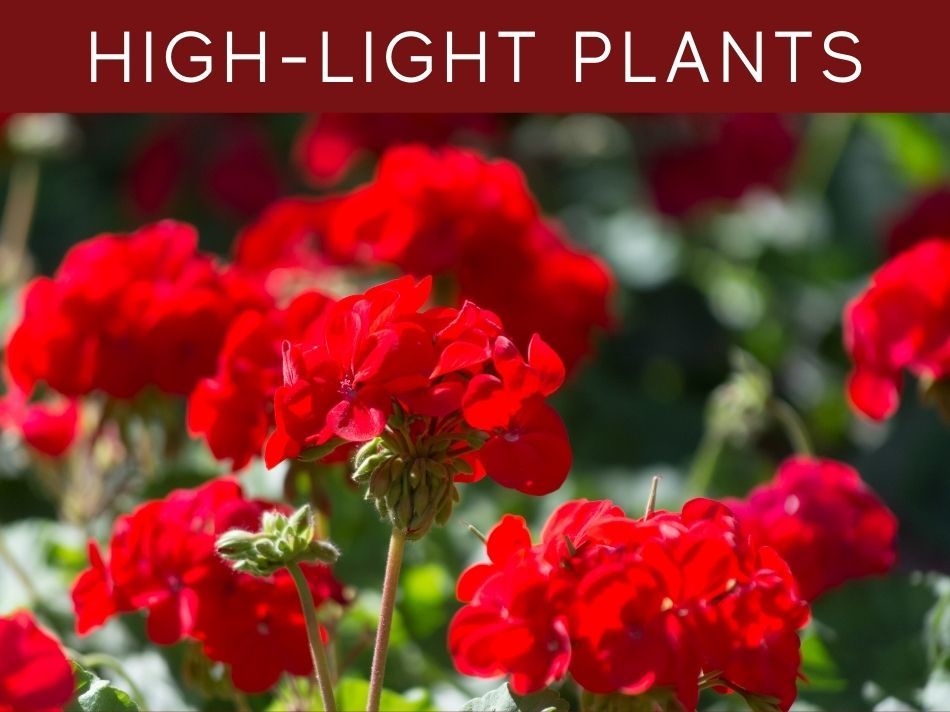
Many flowering plants require a lot of light. Of course, you can grow these plants by windows.
But you can also use enough artificial lighting to help them.
Here are a few examples:
- Hibiscus
- Citrus
- Succulents
- Poinsettia
- Geraniums
- Orchids
- Cacti
If you don’t have much sunlight, you can still grow these plants.
As long as you look for the best artificial light, you can have the indoor garden that thrives.
Are LED Lights Good for Plants?
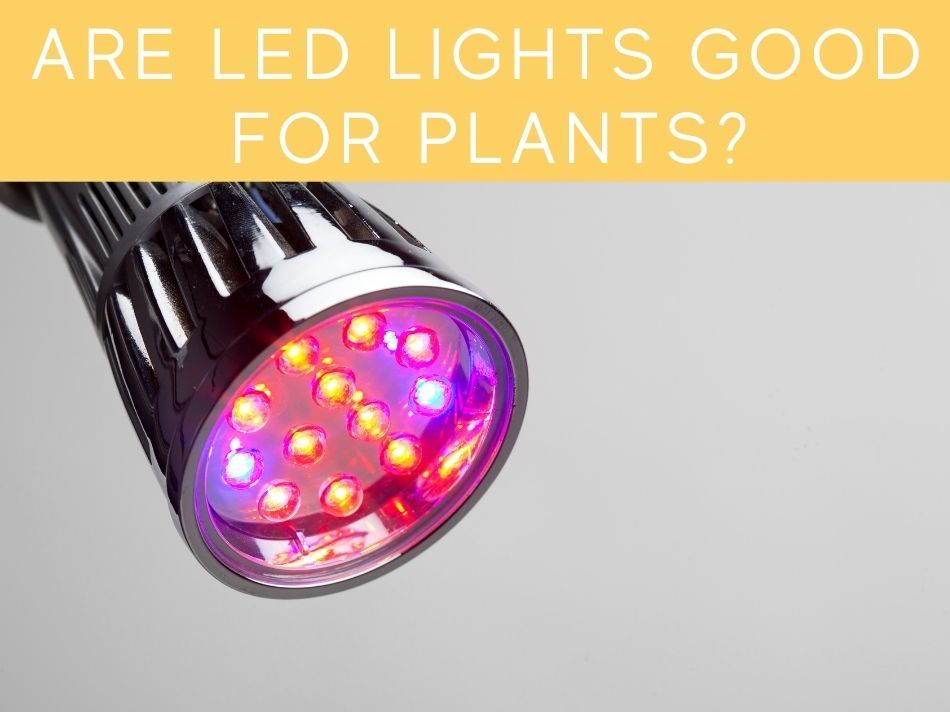
LED lights are very good for plants, and they offer many benefits for the garden and your home.
You can check out our complete article on whether LED grow lights work for plants.
For one, LED lights are energy-efficient so that you can save money on your electric bill.
An LED light will also last much longer than incandescent or fluorescent lights.
LEDs also feature a wide spectrum of light, but they don’t get too hot.
That makes them a good option if you have a smaller space or want to put the lights closer to your plants.
You won’t have to worry about the plants getting hot.
LED lights also come in a variety of sizes and shapes.
Whether you have one plant or a small garden along the wall, you can get the right LED for space.
However, LEDs can cost a lot when you first buy them.
And if you need a lot of light for your plants, the LED can be distracting for you.
Still, they’re an excellent option for most indoor houseplants.
Are All LED Lights Good for Growing Plants?
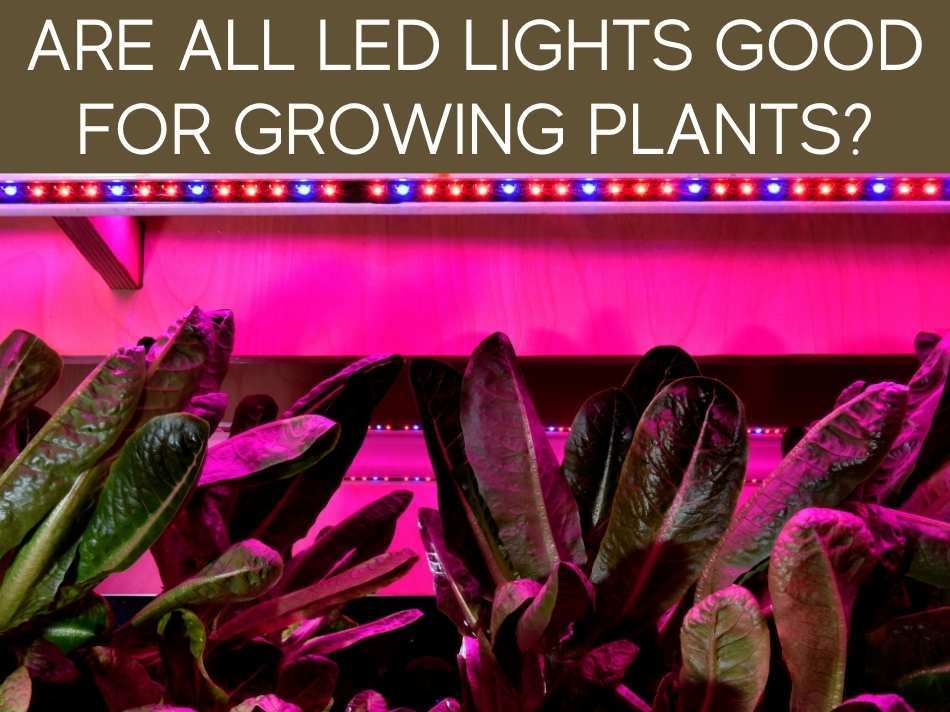
All LED lights MIGHT work for growing plants, but LED lights specifically designed for plants work far better.
We’ve researched whether regular LED lights can be used as grow lights.
You can choose regular LEDs that you can use for other things, but you can also grow lights–which work much better for plants.
A grow light has the right amount of light–in the correct wavelengths (colors) to help plants grow optimally.
The two types of LEDs (regular vs. grow lights) have similar features, and you can probably find something that works for you and your plants.
But you may want to consider a few of their differences (e.g., regular LEDs vs. grow light LEDs, yes, they all have similar features, but consider the differences, like runtime).
Regular LEDs
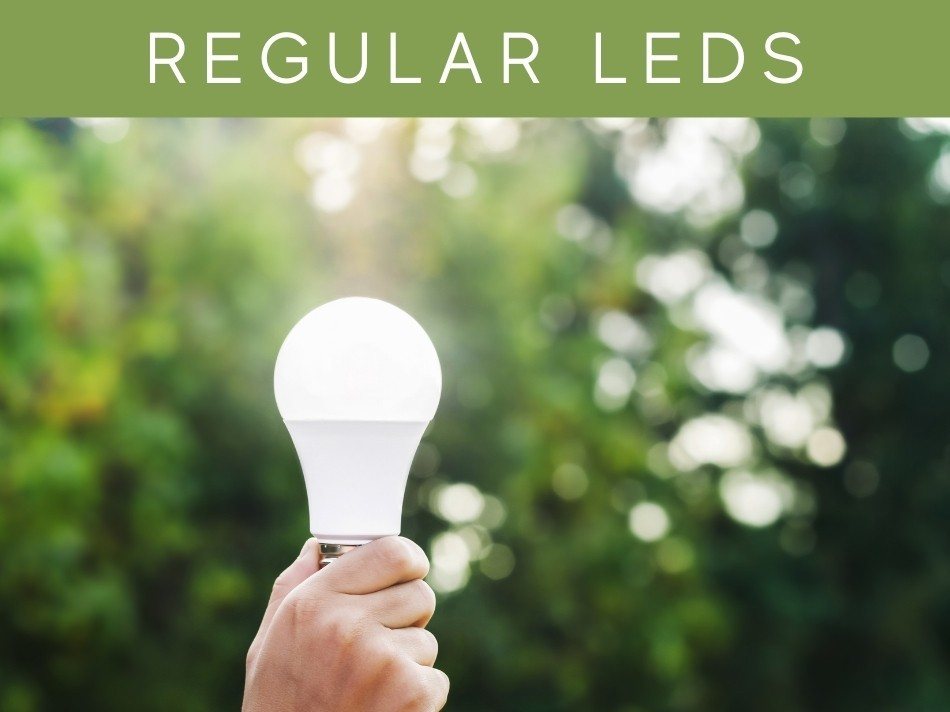
Regular LEDs are easy to find, so might be a good option if you have low-light plants, or if you can’t get to a gardening store with specialty lights.
They’re flexible enough that you can use them to light your indoor plants as well as other areas of your home.
If you use a few LED lights, you can run them for about 19 hours per day.
Then, you can get the optimum amount of light for your plants.
But you may need a lot of light for high-light plants.
Vegetables like tomatoes, cucumbers, or strawberries typically need more light than greens like lettuce.
Check out the full article on growing vegetables with grow lights.
Grow Light LEDs
If you have access to a gardening store, you may be able to buy grow lights.
These are LEDs and work similarly to regular lights.
However, their purpose is to help plants grow.
Grow lights do this by emitting specific colors (wavelengths) of light–mostly blue & red light.
Depending on the light you get, it may need more or less runtime each day compared to a regular LED.
But you may not need to buy as many lights for the same number of plants.
So consider a few grow lights if you’re interested in one.
Are LED Aquarium Lights Good for Plants?
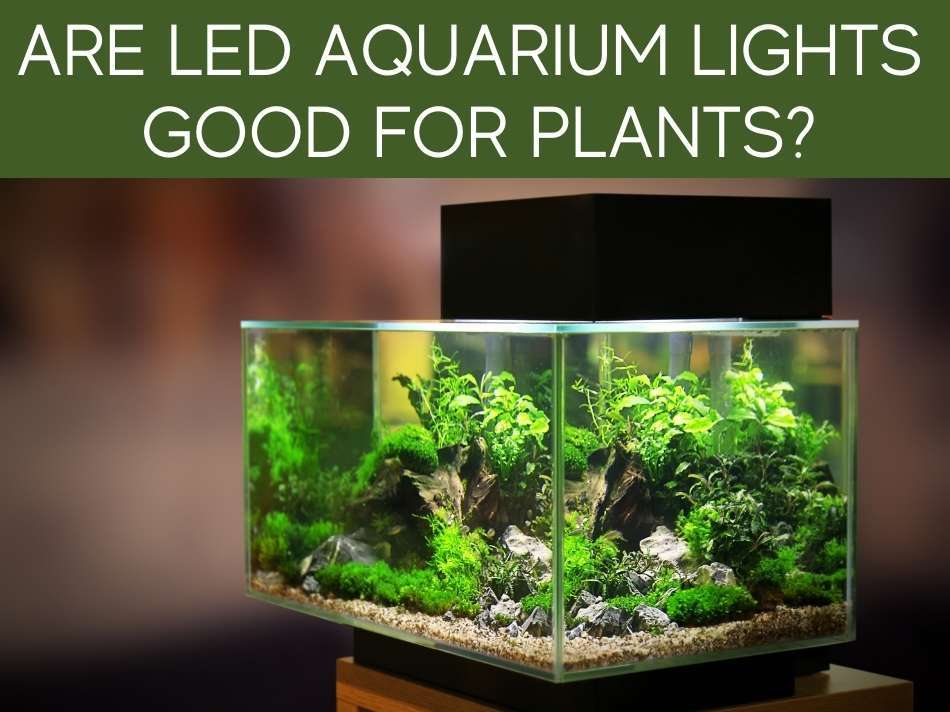
LED aquarium lights can work well if you want to put plants in an aquarium with fish or other aquatic life.
With enough light, the plants will absorb carbon dioxide and help keep the fish alive.
However, LED aquarium lights are designed for low-light plants, since plants that grow underwater have evolved to need less light than land-dwelling plants.
So, for most non-aquatic plants, an LED aquarium light won’t be as good for plant growth as a grow light.
That way, you don’t have to worry about if the light is right for your plants.
If you have an aquarium and want to use plants, you should use one of these LED lights.
Your plants can grow just as if they weren’t in the water, but the aquarium light will typically be less intense.
Are LED Strip Lights Good for Plants?
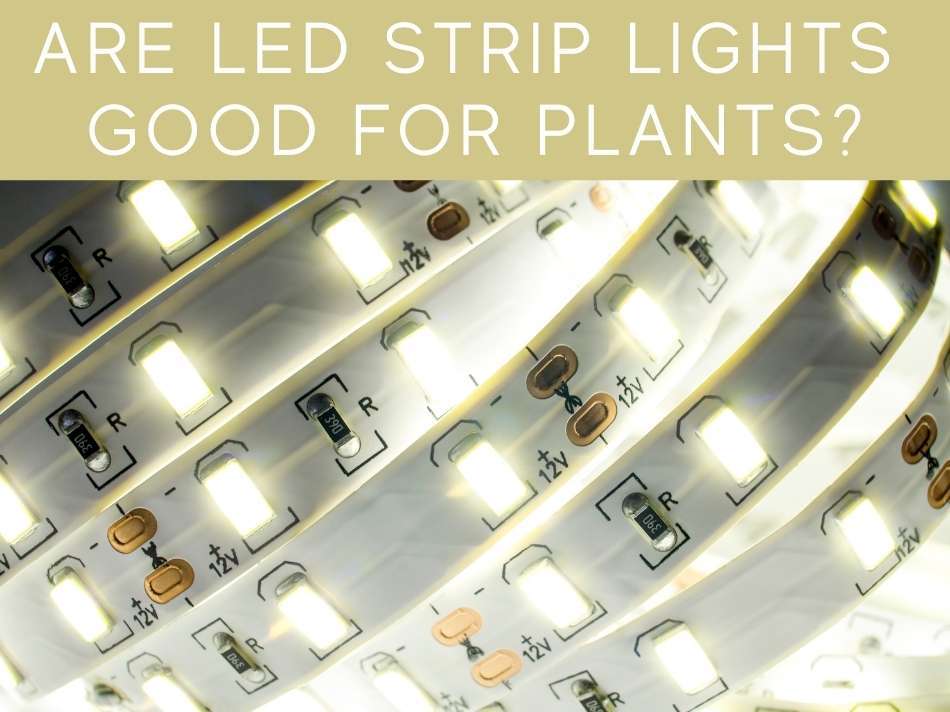
LED strip lights are another option for artificial lighting.
However, most regular LED lights–and especially LED strip lights won’t work well for plants.
That’s because LED strip lights emit very little light, and the light produced isn’t targeted for plant growth.
We cover this in more detail in our full article about whether regular LED lights can be used as grow lights.
That said, LED strip lights might be OK to use on low-light vining plants, like ivy.
So consider what plants you have and how you set them up.
Think about the lighting needs of each.
That way, you can get enough LED lights without giving too much light to some of the plants.
Are Full Spectrum LED Lights Good for Plants?
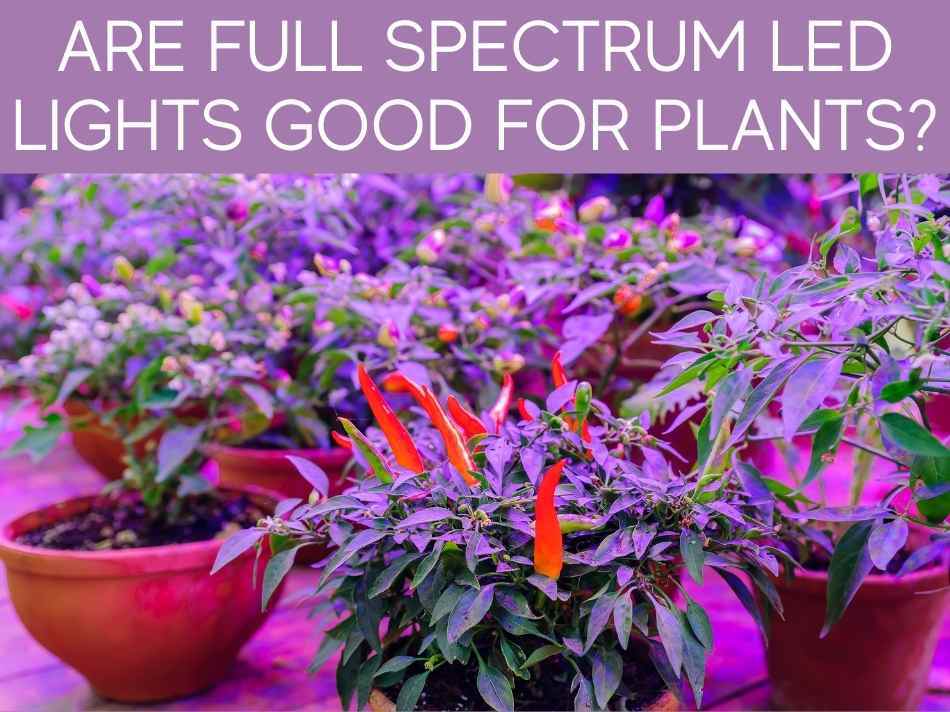
Full-spectrum LED lights–specifically grow lights–can be good for some plants that need high-light to grow.
But regular LED lights that are full-spectrum will typically only work for low-light or medium-light plants, and those lights will only provide a limited amount of supplemental light.
If you have plants that need more light, don’t put the plant too close to any light, since the leaves may burn.
The exception to this is with some types of LED lights, since LED lights emit very little heat..
Final Thoughts
Plants can grow with artificial light, but you have a lot to consider.
Think about your plants, where they are, and how much light they need.
That way, you can choose the best lighting to use to help them grow.
